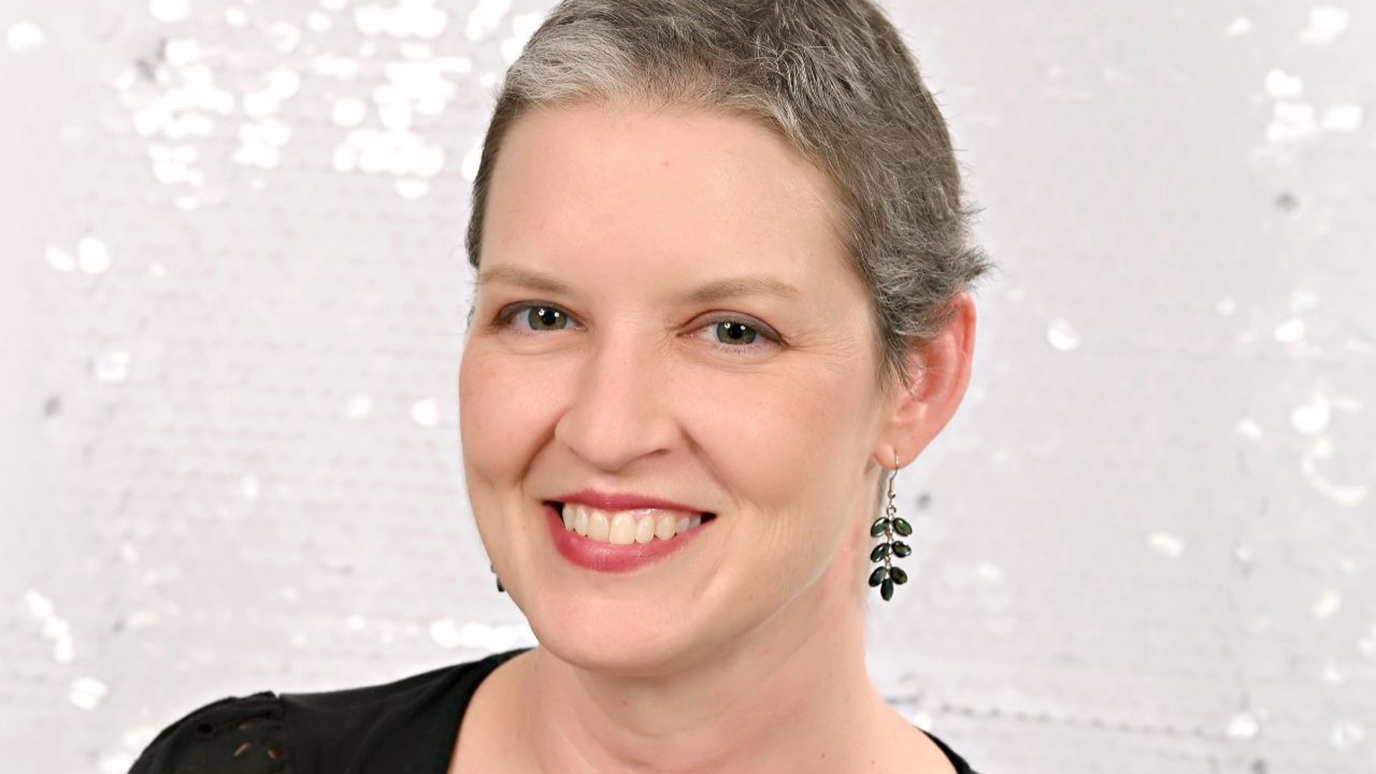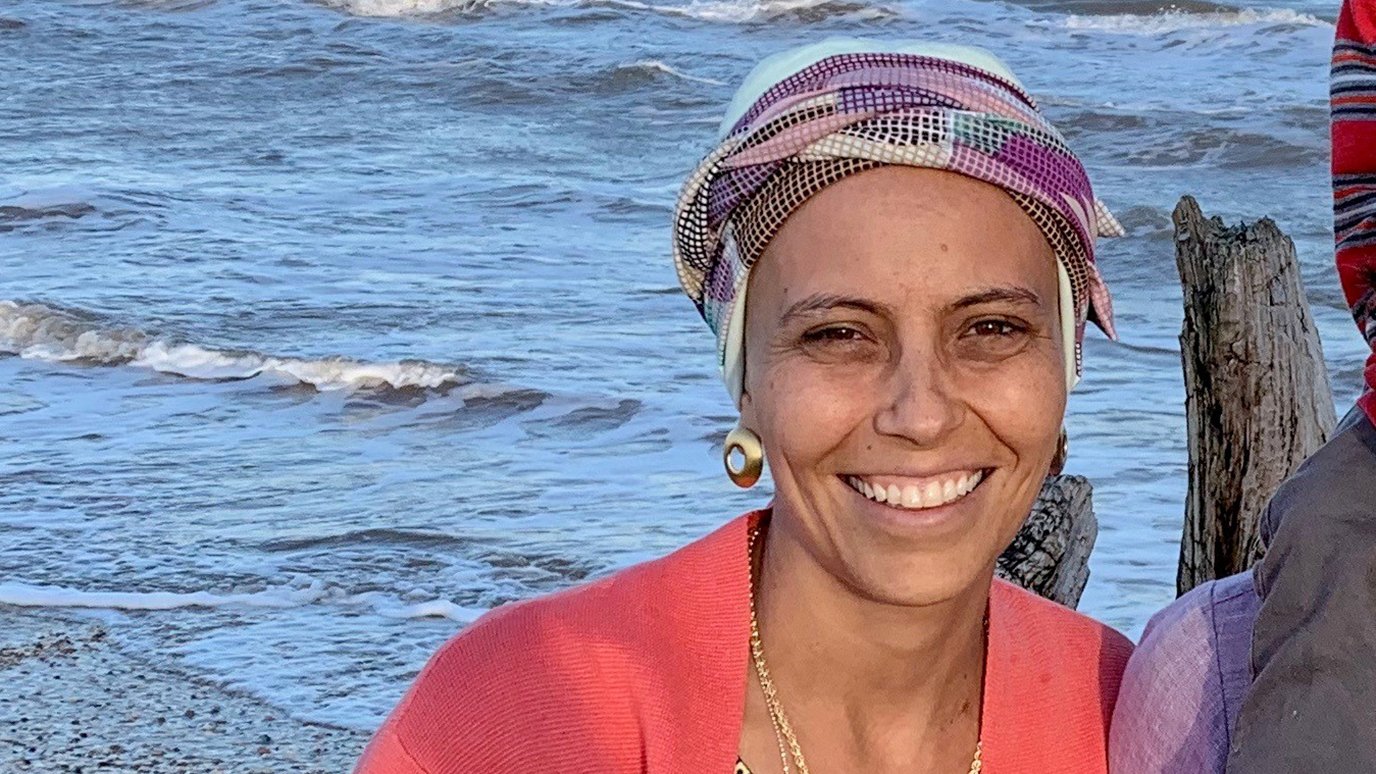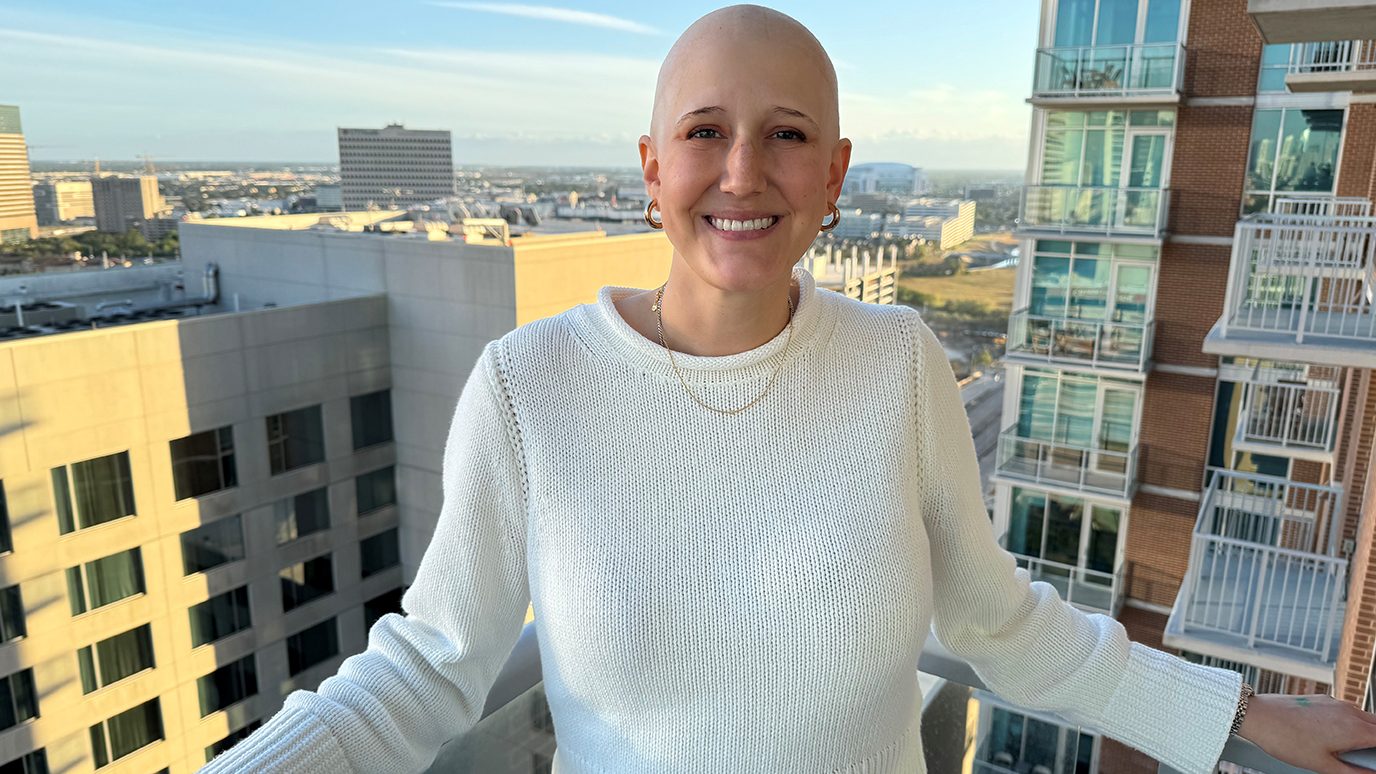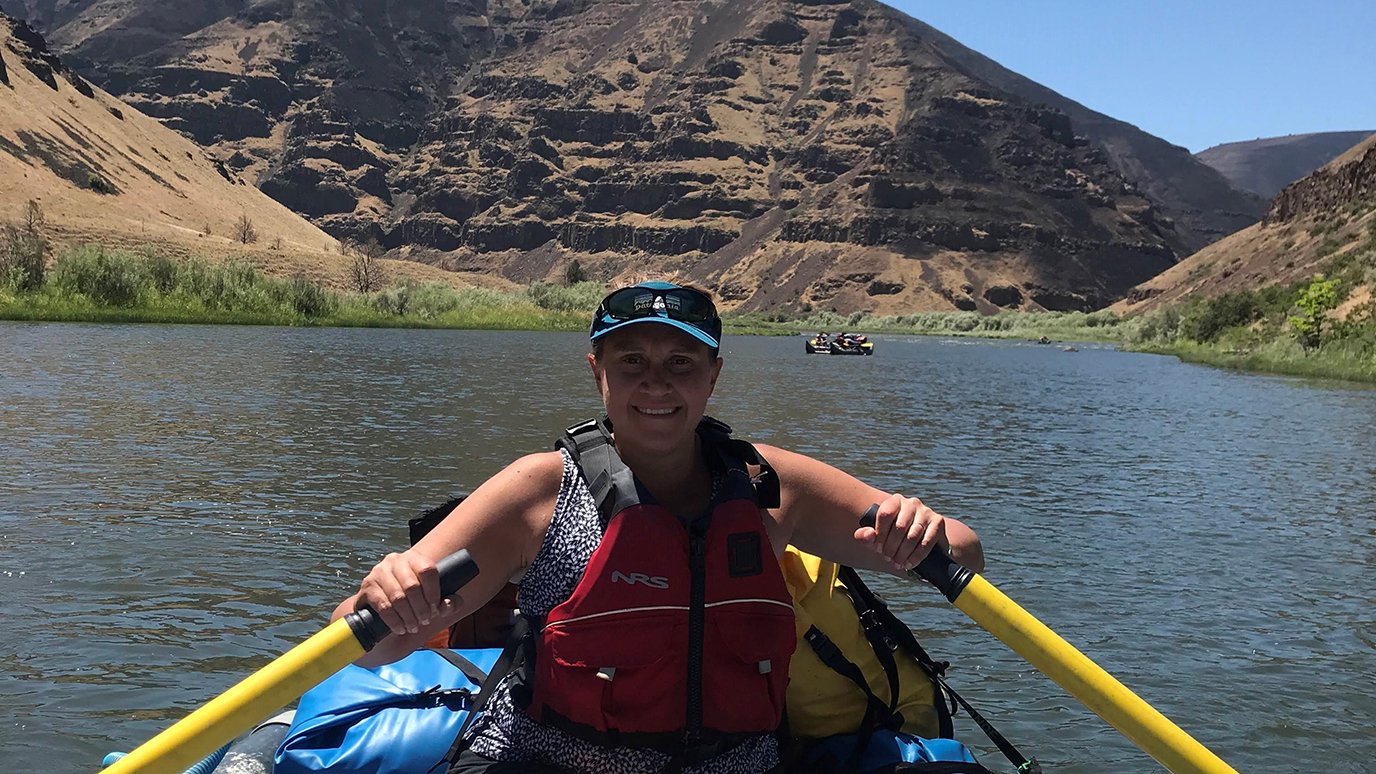- Diseases
- Acoustic Neuroma (16)
- Adrenal Gland Tumor (24)
- Anal Cancer (70)
- Anemia (2)
- Appendix Cancer (18)
- Bile Duct Cancer (26)
- Bladder Cancer (74)
- Brain Metastases (28)
- Brain Tumor (234)
- Breast Cancer (728)
- Breast Implant-Associated Anaplastic Large Cell Lymphoma (2)
- Cancer of Unknown Primary (4)
- Carcinoid Tumor (8)
- Cervical Cancer (164)
- Colon Cancer (168)
- Colorectal Cancer (118)
- Endocrine Tumor (4)
- Esophageal Cancer (44)
- Eye Cancer (36)
- Fallopian Tube Cancer (8)
- Germ Cell Tumor (4)
- Gestational Trophoblastic Disease (2)
- Head and Neck Cancer (14)
- Kidney Cancer (130)
- Leukemia (342)
- Liver Cancer (50)
- Lung Cancer (286)
- Lymphoma (278)
- Mesothelioma (14)
- Metastasis (30)
- Multiple Myeloma (100)
- Myelodysplastic Syndrome (60)
- Myeloproliferative Neoplasm (6)
- Neuroendocrine Tumors (16)
- Oral Cancer (102)
- Ovarian Cancer (178)
- Pancreatic Cancer (162)
- Parathyroid Disease (2)
- Penile Cancer (14)
- Pituitary Tumor (6)
- Prostate Cancer (150)
- Rectal Cancer (58)
- Renal Medullary Carcinoma (6)
- Salivary Gland Cancer (14)
- Sarcoma (238)
- Skin Cancer (302)
- Skull Base Tumors (56)
- Spinal Tumor (12)
- Stomach Cancer (66)
- Testicular Cancer (28)
- Throat Cancer (92)
- Thymoma (6)
- Thyroid Cancer (100)
- Tonsil Cancer (30)
- Uterine Cancer (86)
- Vaginal Cancer (18)
- Vulvar Cancer (22)
- Cancer Topic
- Adolescent and Young Adult Cancer Issues (22)
- Advance Care Planning (12)
- Biostatistics (2)
- Blood Donation (18)
- Bone Health (8)
- COVID-19 (360)
- Cancer Recurrence (120)
- Childhood Cancer Issues (120)
- Clinical Trials (628)
- Complementary Integrative Medicine (22)
- Cytogenetics (2)
- DNA Methylation (4)
- Diagnosis (240)
- Epigenetics (6)
- Fertility (62)
- Follow-up Guidelines (2)
- Health Disparities (14)
- Hereditary Cancer Syndromes (128)
- Immunology (18)
- Li-Fraumeni Syndrome (8)
- Mental Health (122)
- Molecular Diagnostics (8)
- Pain Management (62)
- Palliative Care (8)
- Pathology (10)
- Physical Therapy (18)
- Pregnancy (18)
- Prevention (940)
- Research (390)
- Second Opinion (78)
- Sexuality (16)
- Side Effects (616)
- Sleep Disorders (10)
- Stem Cell Transplantation Cellular Therapy (216)
- Support (408)
- Survivorship (330)
- Symptoms (182)
- Treatment (1794)
Inflammatory breast cancer survivor: Why I chose MD Anderson for my treatment
4 minute read | Published February 03, 2022
Medically Reviewed | Last reviewed by an MD Anderson Cancer Center medical professional on February 03, 2022
I was 41 when I found out I had breast cancer.
One day, I was carting around two teenagers and a preschooler, running our small business, and doing my daily chores — just living a normal, busy life. Then, I noticed a heaviness in my left breast, a kind of fullness I’d always associated with nursing. A few weeks passed, but the sensation didn’t go away. I scheduled a mammogram — my first and only.
At the end of that appointment, my husband, Ty, and I sat in a small room together and heard a doctor utter the unthinkable: “You have a large and very suspicious mass in your left breast, Mrs. Pattison. I believe you have cancer.”
My breast cancer treatment
Once I got past the initial shock, my husband and I started making plans for treatment, near our home in Tennessee. I was initially diagnosed with stage IIIc invasive ductal carcinoma, due to significant lymph node involvement. So, my breast cancer treatment started with chemotherapy. Then I had a double mastectomy and a lymph node dissection on the left side.
I was supposed to start radiation therapy six weeks later. I’d already had the simulation. And stickers had been placed on my chest and sides to guide the technicians.
But a few days before my first treatment, I noticed a pink rash developing along the scar line on my now flat chest. By the next morning, the rash had grown significantly, and I could feel clusters of hard bumps beneath the surface of my skin.
Revised inflammatory breast cancer diagnosis leads to MD Anderson
My husband and I drove back to the hospital in anxious silence. I had a punch biopsy to figure out what was going on. When the results came back a few days later, we learned that I actually had a rare and aggressive form of breast cancer called inflammatory breast cancer (IBC).
I wish the name of this disease could be changed. Because right now, it just sounds like “breast cancer that’s inflamed,” which doesn’t really do it justice. And despite my scans being totally clear just a few weeks earlier, the cancer was suddenly back — in a big way.
I was so discouraged. I was supposed to be at the end of this race. Instead, it felt like I’d been picked up right before reaching the finish line and plopped back down at the start of an entirely new one.
How I knew coming to MD Anderson was worth it
I came to MD Anderson for a second opinion because it has one of the nation’s only inflammatory breast cancer clinics. To me, that was worth putting my life in Tennessee on hold for. It was worth renting an apartment in Houston and being separated from my family for months on end.
Most oncologists and surgeons will see only a handful of IBC patients in their entire careers. I wanted a team of doctors who treated this exact type of breast cancer all day, every day. And I wanted people who had seen what it could do, but had also seen what could be done about it — and knew how to do it.
At my very first meeting with radiation oncologist Dr. Wendy Woodward, I knew I was in the right place. Because she announced, “I saw three other IBC patients before you came in today. It’s what I do.”
That’s why I chose MD Anderson for my inflammatory breast cancer treatment.
Finding hope after reaching ‘no evidence of disease’ status
At MD Anderson, my medical oncologist, Dr. Rachel Layman, prescribed hormone therapy first. It tamed the rash and bumps over the summer. My cancer ended up progressing in the fall of 2021, though, which resulted in an urgent need for a 14-hour surgery at MD Anderson that included chest wall reconstruction using my own stomach tissue. Though this isn’t typical for patients with IBC, it was necessary in my case to remove all of the affected skin.
My breast surgical oncologist, Dr. Mediget Teshome, and my plastic surgeon, Dr. Edward Chang, moved mountains to get me into the operating room quickly.
Then came the words: “clear margins.” Dr. Teshome called me personally to deliver the news. She said, “You currently show no evidence of disease, Mrs. Pattison.”
Hallelujah.
What led me to MD Anderson — and what led me to stay
My faith, my God and my community all pointed me to MD Anderson and led me to where I am today.
It was the urging of a few friends that initially brought me to MD Anderson for a second opinion. But it was the clarity and expertise I found here that led me to stay.
I’m back at home now in Tennessee. But in some ways, the race still isn’t over. Because I’ve had chemotherapy, two major surgeries, and 44 sessions of twice-a-day radiation therapy. Now, I have more hormone therapy and side effects to deal with.
The silver lining is that I’ve gained a trusted partner in this process. And with MD Anderson, I know I’m not running the race alone.
Request an appointment at MD Anderson online or by calling 1-877-632-6789.
Related Cancerwise Stories

With MD Anderson, I know I’m not running the race alone.
Sarah Pattison
Survivor





